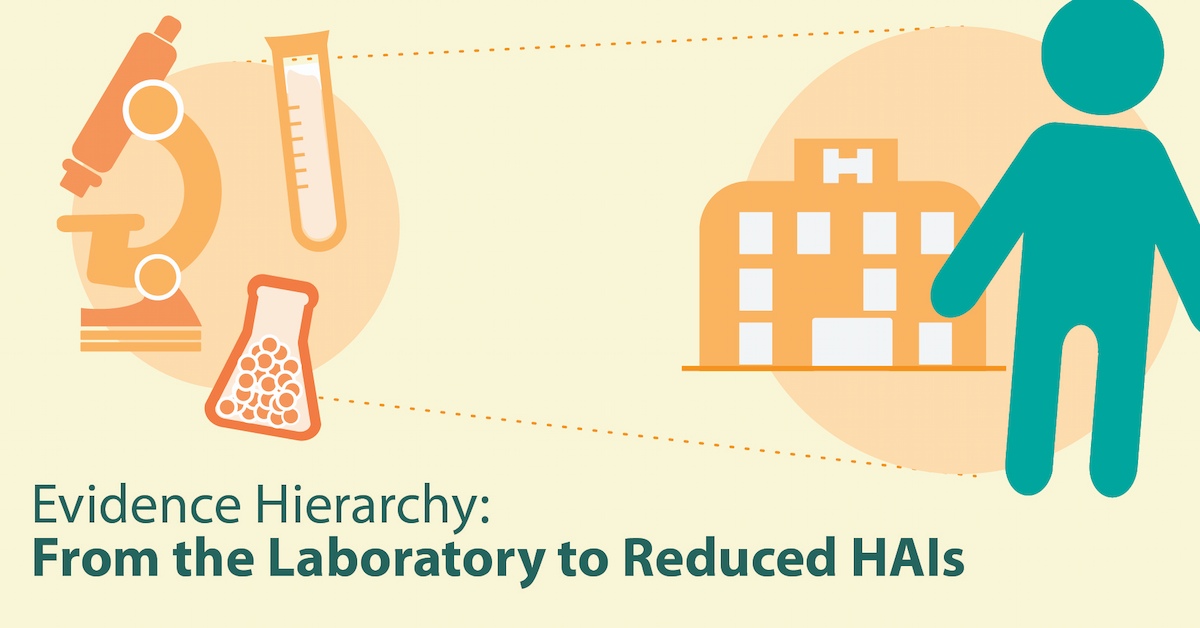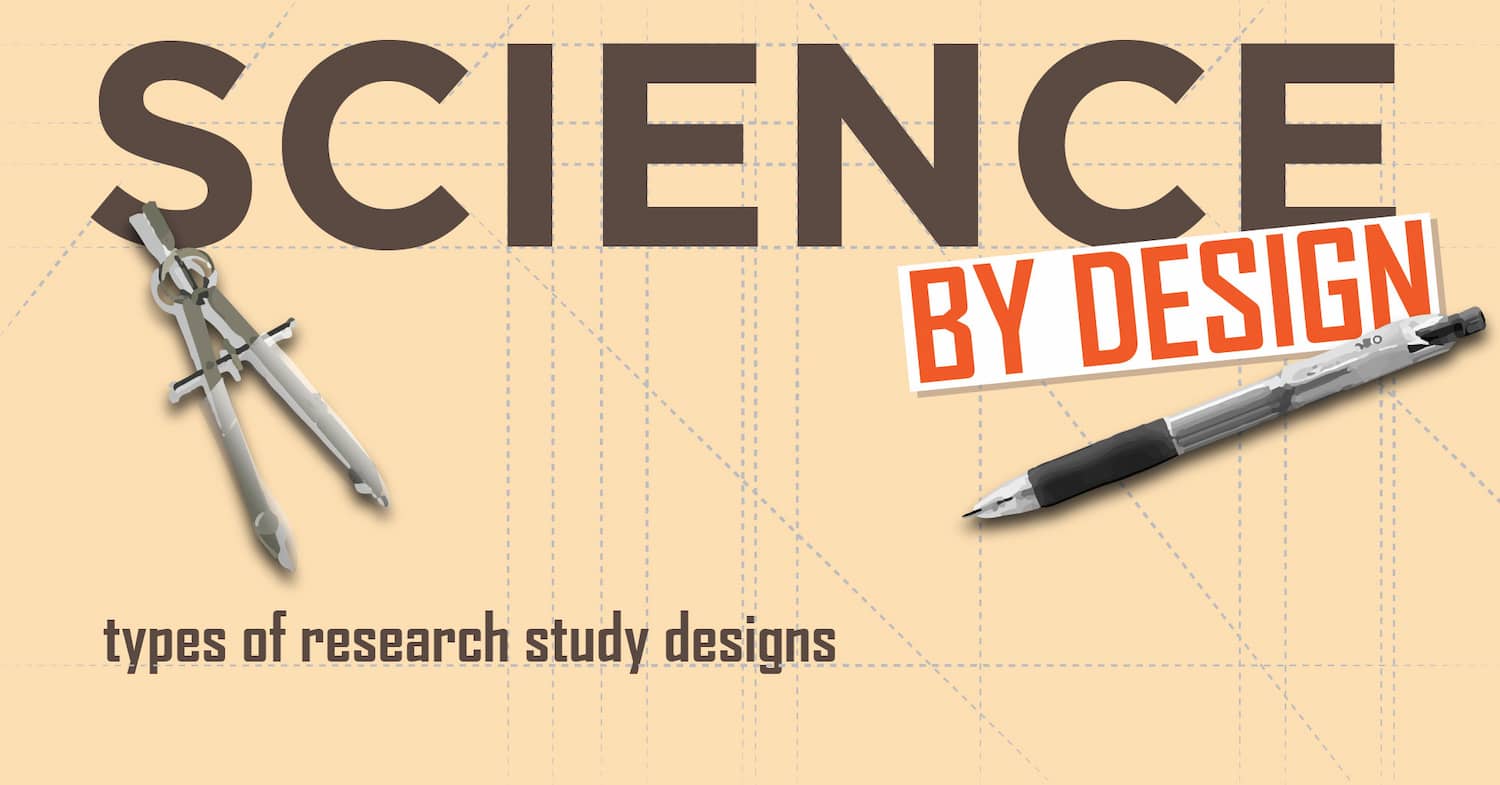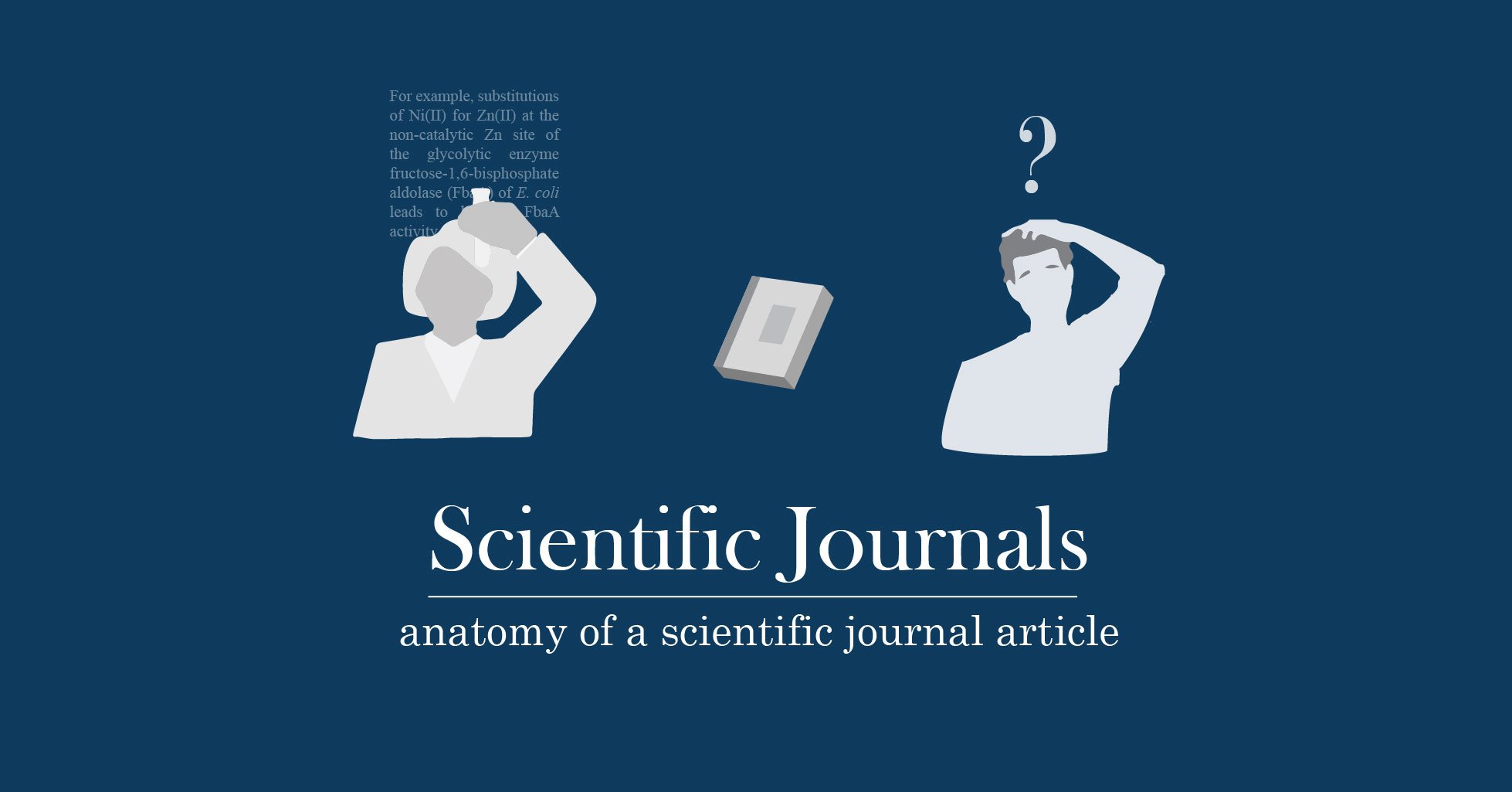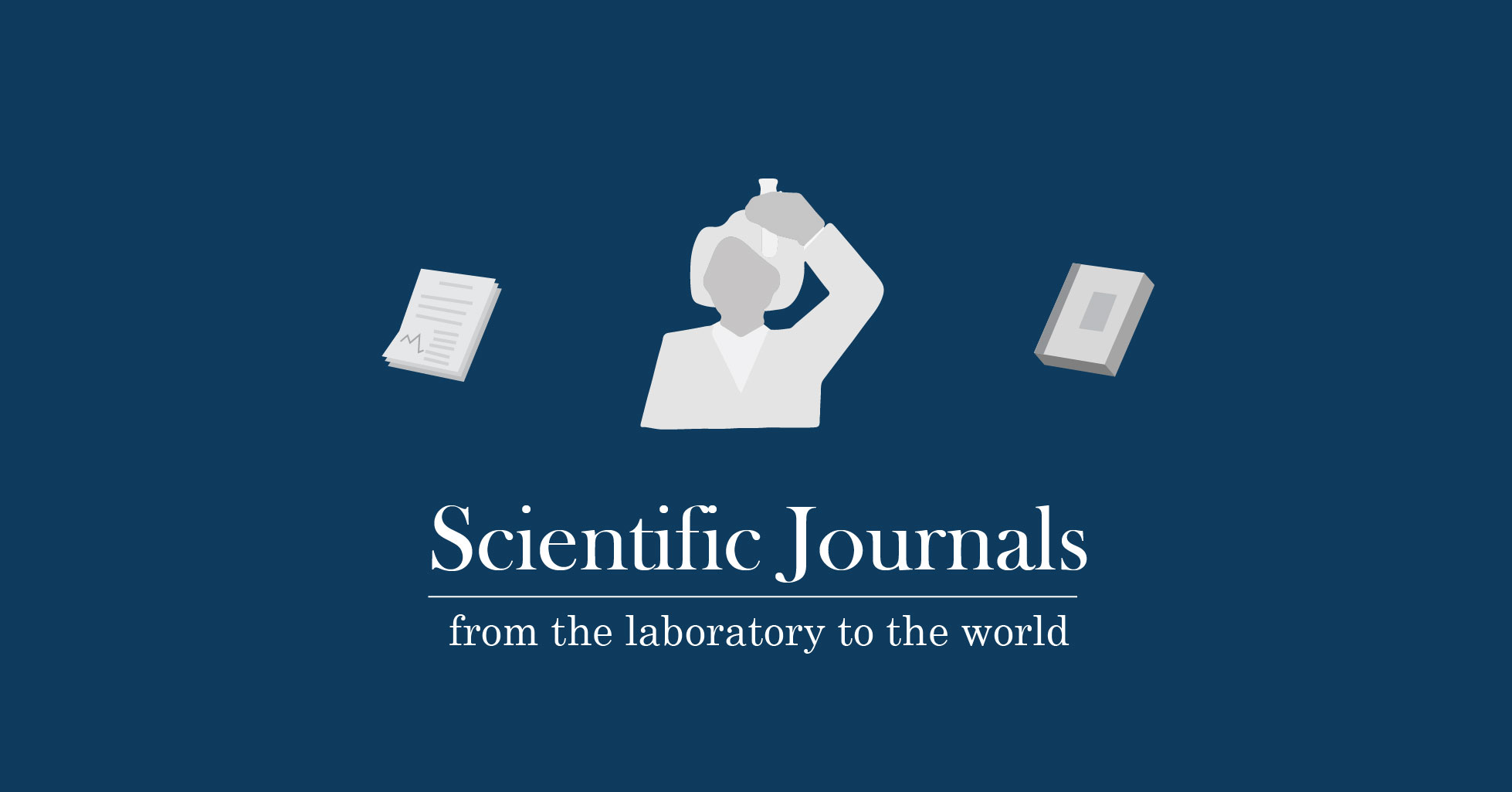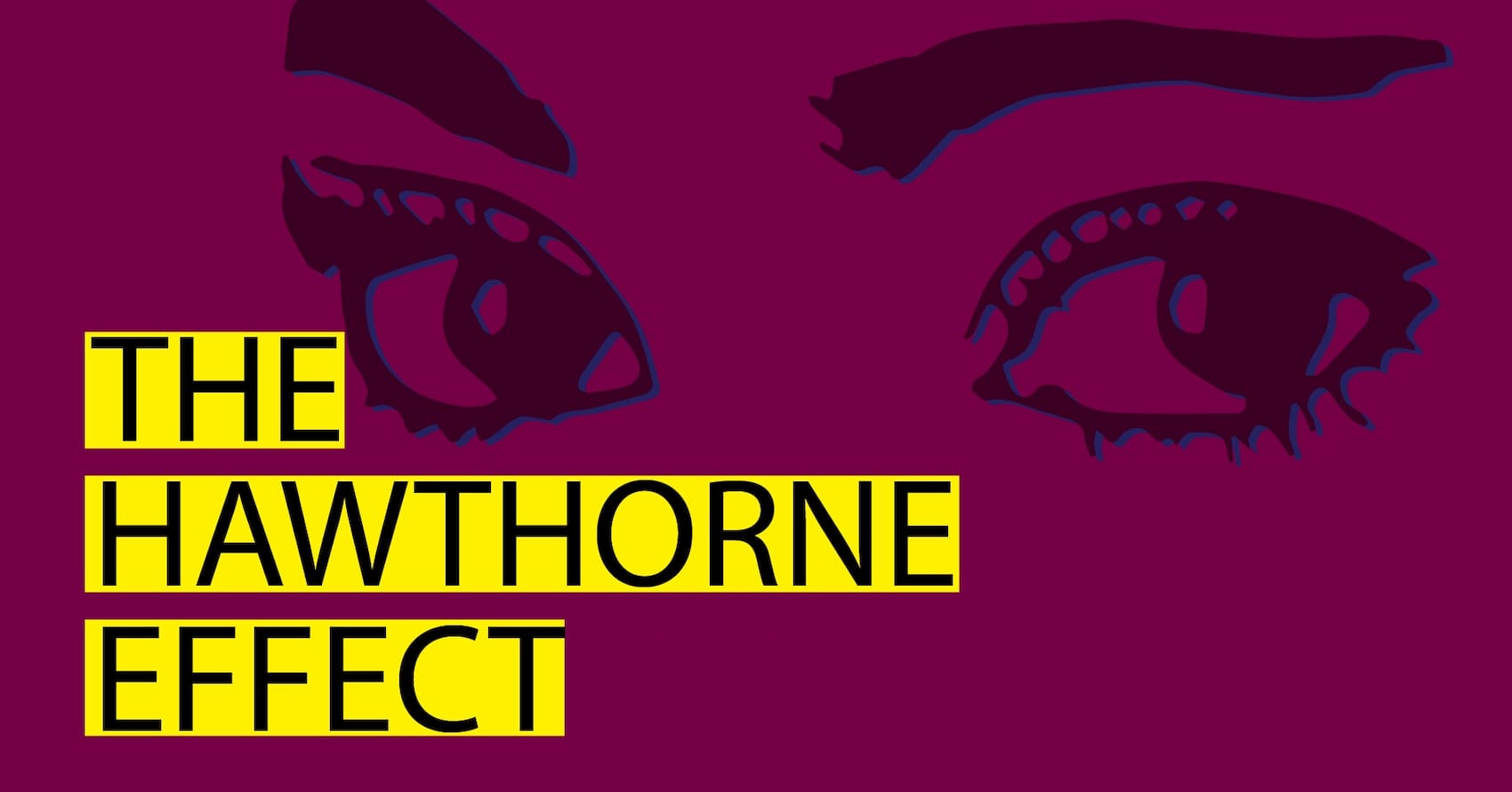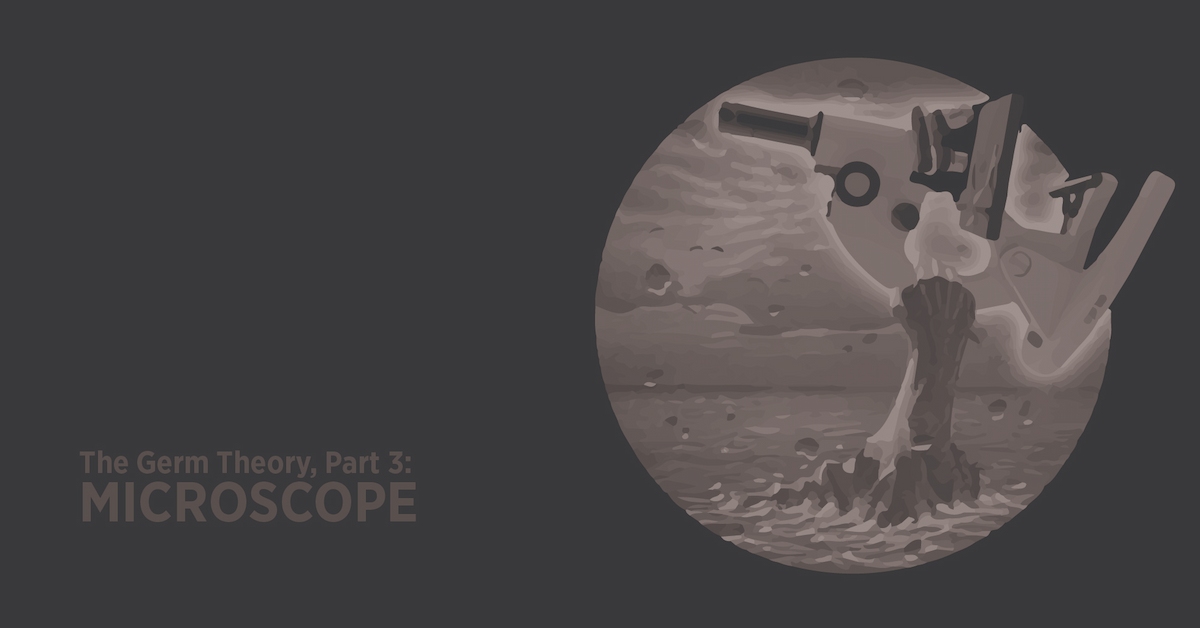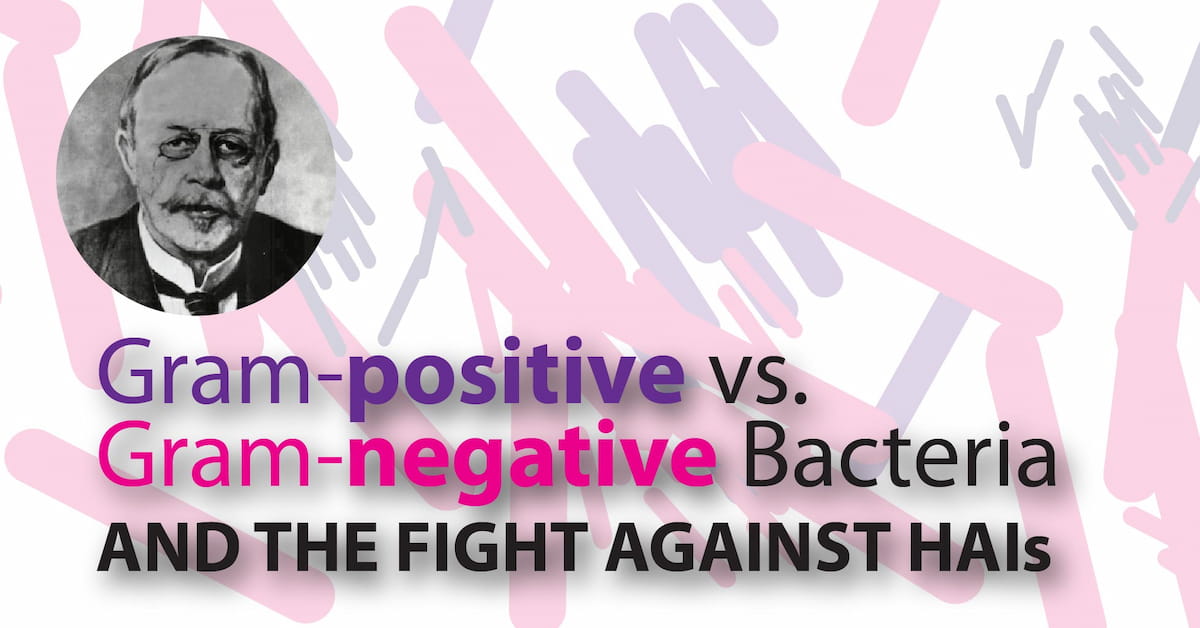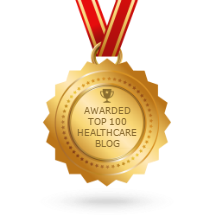What happens after laboratory tests confirm that an environmental product kills bacteria? Is that the end of the line for testing a product's efficacy? One pair of researchers say no. Here is their proposal for an evidence hierarchy that describes how, in theory, data can begin to connect a product to a reduction in HAIs. While many regulatory agencies exist to protect the consumer by ensuring that HAI reduction claims are true, it is important for us to still be aware of the burden of proof in research, and how that plays out in a laboratory and real-life setting.
The scientific method demands that researchers follow logical steps in their process to ensure that results are definitive. Without following these steps, including the proper design of experiments, the resulting data is not reliable. Over time, the research establishment has determined certain types of experimental designs, their advantages and disadvantages, as well as which type of design is appropriate for certain fields or contexts. Today we’ll get an overview of the types of experimental designs and how they impact the research conducted in healthcare infection control.
Discussion of the reduction of microorganisms in healthcare settings will often include the data as “log reductions.” To those of us more accustomed to percentages, this can be confusing. Today's post will explain how to interpret these numbers and, we hope, help our readers better understand how they are used in scientific literature.
In scientific research, we test interventions to a problem and then measure the result: Did a medication improve patient outcomes? Did a training program lead to improved hand hygiene? Did copper-impregnated materials reduce the number of healthcare-associated infections? Simple before-and-after measurement is not enough when it comes to generating strong evidence. While the patients, the hand hygiene, and the infection rates may improve, it is vital to demonstrate that the intervention being studied was the cause of that improvement. How does a researcher demonstrate strong evidence? This post will explore the statistical representation of strength of evidence: The p value.
Scientific articles, also called academic or scholarly papers, are every-day reading for many professionals. For the average person, however, they represent a novel, sometimes intimidating, type of reading material. Unlike science articles found in science magazines such as Scientific American or Psychology Today, which take a journalistic approach to covering breakthroughs, journal articles have a concise writing style, lots of numbers, and scientific jargon. This post will explore the basic parts of a scientific journal article, including what parts to skip to if you just want the big picture.
Scientists around the world toil in their laboratories or in the field conducting research according to the scientific method. One of the final steps in the scientific method is sharing data within the scientific community. The most important way these 15 million + scientists share their work with their colleagues and the world at large is through publication in a scientific journal. Publication in a journal means the wider community has access to research that may help in other studies, but it also means the data has been reviewed and meets established criteria for reliability, meaning fellow scientists can trust the findings and use them with confidence.
Today’s post will explore the steps required for work to achieve publication, and next week's post will describe the resulting article format.
The term "white paper" comes to us from a 100-year-old practice of government reporting in the UK. When government agencies provided data to Parliament to help them make decisions, they would offer three different types: Very long, comprehensive documents with a blue cover, open-ended reports with a green cover, and short, focused reports on a single topic with white covers. This last type, the concise document with information to solve a problem, came to be the formula for what is now known in many industries as a "white paper." Today, white papers are produced for sales purposes by for-profit companies, making them a marketing tool that can often be confused with a neutral scientific paper. While both publications have their purpose, it is important for the consumer to know how they differ. Today we will compare these two documents in order to help our readers see beyond the surface similarities and become aware of the important differences.
In the 1920’s and 30’s, the nation was swept up in the Efficiency Movement, an effort to rid every aspect of human life of waste and unproductive activity. Researchers were dispatched to factory floors, classrooms, and even family living rooms with the mission of finding the optimal formula for efficient and productive work, a formula supported by the new excitement over science and experimentation. Within this context, a study was conducted at the Hawthorne Works, a factory making telephone equipment for Western Electric, to determine the optimal illumination level for worker productivity. These experiments went on for eight years, and ended with little fanfare. Decades later, however, Henry A. Landsberger revisited these studies, discovering a pattern that revealed more about human nature than about workplace illumination. This pattern still impacts research today, where it is known as the Hawthone effect.
There is really no way to overstate the importance of Girolamo Fracastoro's bold proposal about the roots of infection. His idea that infections were caused by "seeds," living things unseen to the naked eye, was followed by deductions that included the spread of contagion, incubation periods, the organs affected by particular infectious agents, the vulnerable age for a particular disease, the idea that a survivor of an infection is protected against future infections, the ability of a disease to pass from mother to child through nursing, and many other valuable observations. His genius, while respected and supported, was not definitively proven until over 100 years later, with the advent of the microscope.
Gram Positive vs Gram Negative Bacteria and the Fight Against HAIs
by Erica Mitchell | September 23 2020
In formal descriptions of the germ-fighting powers of antibacterial and biocidal products, the terms "Gram positive" and "Gram negative" are used as a way to categorize bacteria. While there are estimated to be over 10,000 species of bacteria, they can be categorized into a few helpful categories.
One of those categories has to do with the structure of the cell membrane. All the known bacteria fit into one of two categories of cell membrane structure: Gram-positive or Gram-negative. But what does that mean?
